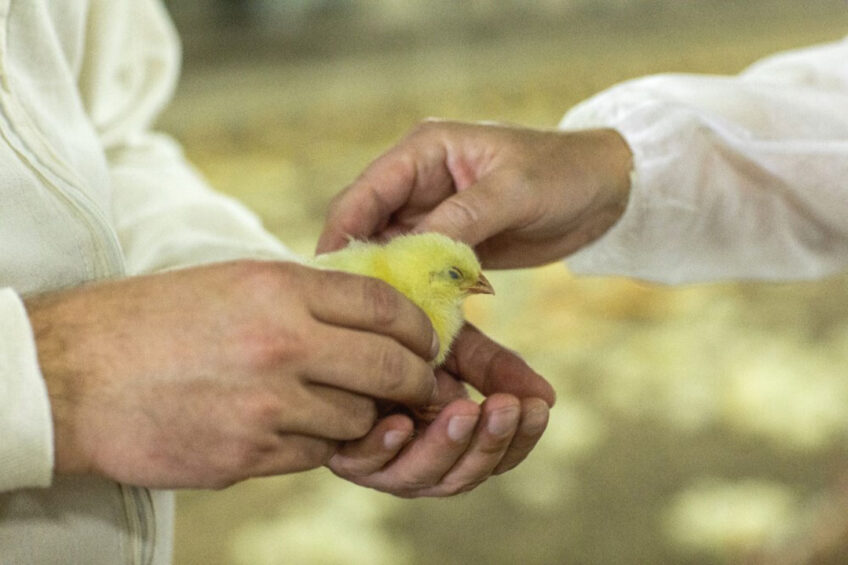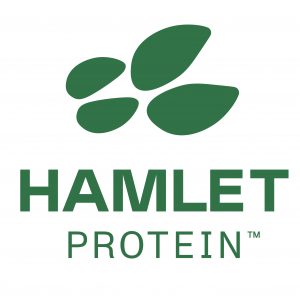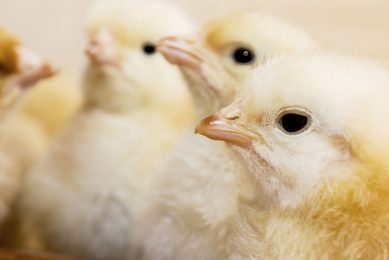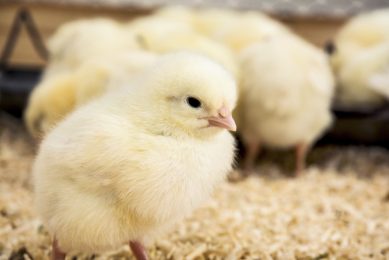Study confirms effect of soy stachyose and raffinose on broiler performance

The University of Arkansas has conducted a study and can now confirm to what extent soy stachyose and raffinose in broiler starter diets impair bird performance.
In previous articles published on Poultry World, we addressed the importance of soybean galactosides (stachyose and raffinose) in broiler feed. The inclusion of relatively high levels of these oligosaccharides can reduce the productive performance of the birds, in addition to leading to pododermatitis on the farm.
These undesirable effects of soy galactosides are particularly relevant in the starter phase of chickens. High amino acid requirements normally lead to high inclusion levels of soybean meal (SBM) in the feed at this early age. In addition, the fermentation capacity of the immature microbiota is not fully developed so the part of SBM galactosides that is not fermented will inexorably generate intestinal disorders and consequently pododermatitis, often without identifying the dietary root of these issues.
Soybean meal is unavoidable
However, the use of SBM in feed is unavoidable today. The crux of the matter is knowing up to what level of SBM galactosides we can have in the starter feed without compromising the performance and health of the chicks. This was the objective of a recent study carried out by the Poultry Science extension of the University of Arkansas in collaboration with Hamlet Protein.
Effect on health and performance
The objective of this study was to investigate the effects of soy galactosides (GOS) raffinose and stachyose on the health and performance of young broilers (0-21 days). Birds were fed a GOS-devoid diet based on soy protein isolate (SPI) or supplemented with 0.9, 1.8, 2.7, or 3.6% GOS. These GOS levels were chosen to cover the range of levels that we can potentially face in real life.
The content of stachyose and raffinose in SBM may range from 5% to 10%. Thus, a starter diet, the sole source of protein of which is SBM, included at a level of 35%, would result in GOS levels in the finished feed between 1.75% and 3.5%. Thus, the range of GOS in the experimental diets of the present trial (0-3.6%) more than covers the levels that we can find in commercial starter diets.
The treatment
Stachyose and raffinose were maintained at a ratio of 4:1, like what is found in SBM. Each one of these 5 treatments was administered to 10 replicates of 8 birds. Birds had ad libitum access to feed and water and body weight and feed consumption were recorded on 0, 7, 14, and 21 days post-hatch for assessment of feed intake, body weight gain, and feed conversion ratio (FCR). Data were analysed by one-way ANOVA. Means were deemed different (p<0.05) by Tukey’s multiple comparison test. Linear, quadratic polynomial and quadratic broken-line regressions were used to investigate the dose-response of GOS in diets.
The results
From day 0 to 21, a linear increase (p<0.01) in feed intake was observed with increased dietary GOS, whereas body weight gain showed a significative quadratic broken-line regression (p < 0.0001), reaching the maximum body weight gain (1.248 kg) at 1.25% of GOS in the diet and remaining constant from this level (Figure 1).
Figure 1 – Effect of the level of soy GOS in diets for young chickens on body weight gain (0-21 days). Maximum responses (plateau), 1.248 kg. Break point: 1.254%. P < 0.0001

As with feed intake, the level of GOS in the diet had a significant linear effect (p < 0.01) on feed conversion rate – the higher the GOS content in the diet, the higher the feed conversion rate on day 21 (Figure 2). The experimental groups that received 0.9 and 1.8% of GOS in the diet were the ones that showed the lowest mean feed conversion rate values (1.148).
Figure 2 – Effect of the level of soy GOS in diets for young chickens on FCR (0-21 days). Mean comparison (p = 0.001). Linear effect (p = 0.009)

Based on the growth results, it could be interpreted that chickens can use, via fermentation in the caeca and large intestine, galacto-oligosaccharides to a certain extent (up to 1.25% in the diet), generating short-chain fatty acids and consequently energy, which is used for growth. In this sense, low levels of galacto-oligosaccharides could play a role as prebiotics. However, from 1.25% of GOS in the diet, chickens cannot ferment higher amounts, so growth is no longer improved. At levels of 1.8% GOS in the feed, body weight gain remains the same as at 1.25%, and the feed conversion rate remains stable.
Based on the productive performance results of this study, the ideal threshold of GOS in broiler starter diets would be around 1.25-1.8%. If this threshold is exceeded, chick performance will suffer.
*References available on request
 Beheer
Beheer




 WP Admin
WP Admin  Bewerk bericht
Bewerk bericht